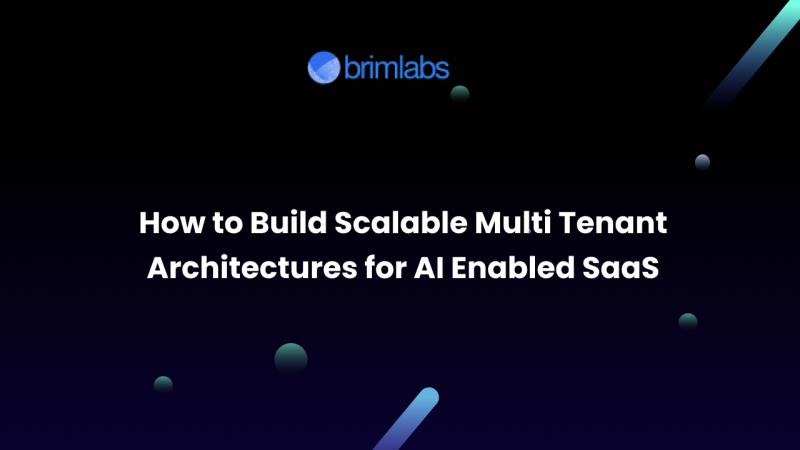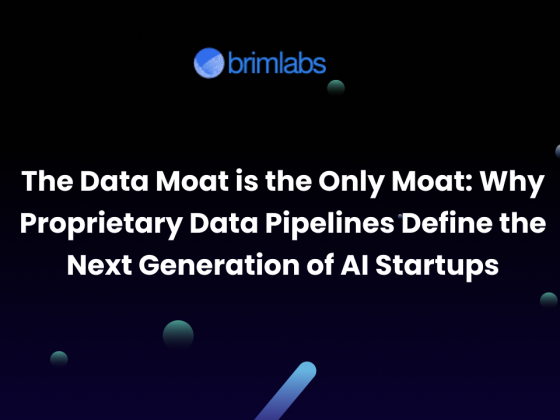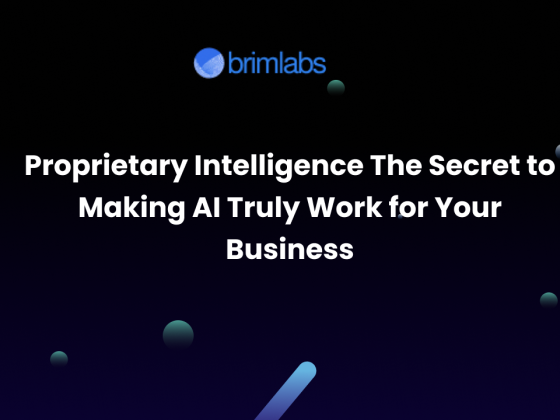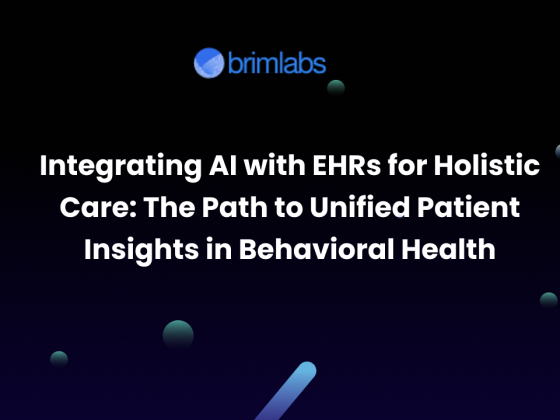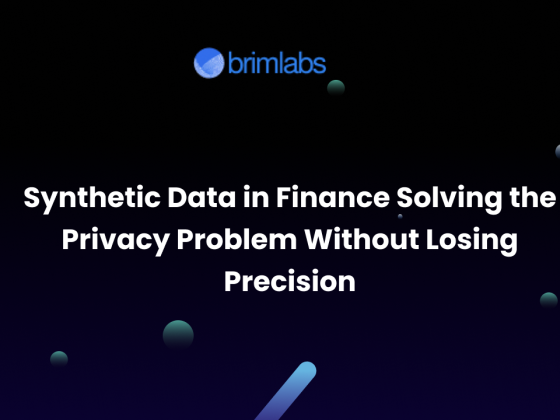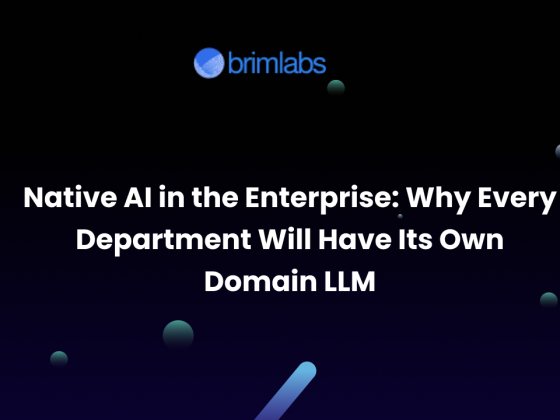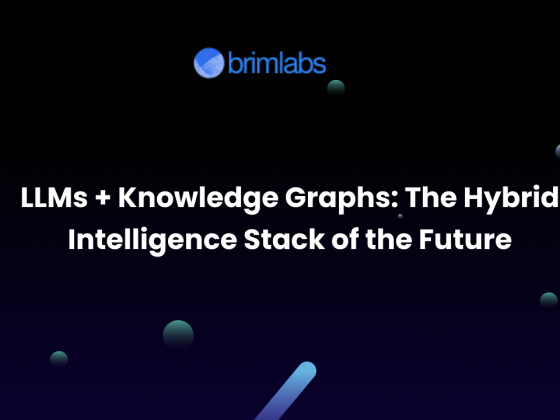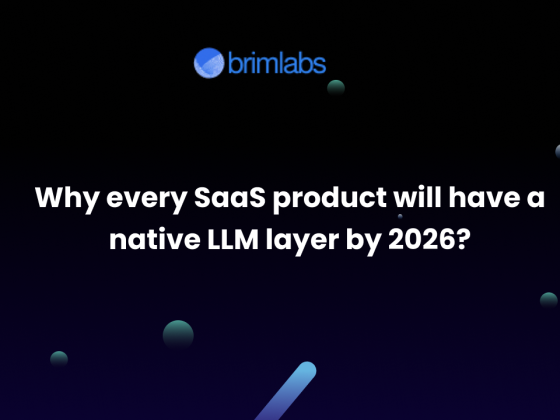Lessons from the Trenches
If you’re building an AI powered SaaS platform in 2025, you know one thing for certain: every customer expects personalized, fast, and secure experiences. They want the magic of AI, but with all the predictability and safety of enterprise software. As a founder, you feel that tug of war between innovation and responsibility every single day.
AI has changed the rules, but multi-tenancy is still the core ingredient that lets you deliver software at scale, make the numbers work, and keep your business defensible. Here are the key lessons and practical patterns that have made a difference, both the near misses and the outright mistakes you can avoid.
Why Multi Tenancy Gets Harder with AI
Let’s start with a little honesty. It’s never been easy to juggle data privacy, cost control, and feature flexibility for dozens or hundreds of clients living in the same codebase. Add AI to the mix, and things get wild fast.
AI features like real time chat, document search, RAG pipelines, or domain specific recommendations change your architecture in three big ways:
- AI workloads are spiky and expensive: A single tenant can fire off a long context prompt, upload a massive data file, or call the model hundreds of times in a few minutes. One “noisy neighbor” can ruin the experience for everyone.
- Data isolation must be rock solid: Every customer wants to know their data is safe—not just in the database, but in every vector index, cache, and prompt log. RAG, embeddings, and feedback loops must all be tenant aware.
- Compliance and billing become a minefield: You have to attribute every token, every GPU cycle, and every retrieval query to the right tenant. Otherwise, you either eat the cost or risk angry calls about mysterious charges.
First Principles: Keep Tenant Context Everywhere
The most important design lesson I can offer is this: tenant context needs to be the first thing you think about, not an afterthought.
It starts at the API gateway. Every request carries a tenant ID. This ID isn’t just for database queries; it determines feature access, usage limits, compliance tier, and even which AI model to route the request to.
In practice, this means:
- Always inject tenant ID at the start of the call chain
- Never derive tenant from user deep inside a function
- Store all tenant configs, flags, and limits in a fast, reliable key value store
Your codebase should treat tenant ID almost like authentication. Without it, nothing moves forward.
Data Isolation: No Shortcuts, No Excuses
If you’re tempted to start with a shared schema (just a tenant ID on every row) because it’s “easier to launch,” let me save you the pain. It works for prototypes, but the moment you get your first regulated customer (think healthcare or finance), you’ll have to rethink everything.
Three options exist, each with tradeoffs:
Option 1: Shared schema with tenant ID – Cheapest, simplest, but risky for anything sensitive.
Option 2: Schema per tenant in shared database – Good balance of cost and safety. Lets you do migrations, archiving, and backup per tenant.
Option 3: Dedicated database per tenant – Expensive to operate, but sometimes necessary for big enterprise clients who demand full isolation or geographic controls.
The kicker for AI? Every data store, be it blob, vector, or key value, must be scoped to the tenant. Don’t just lock down the SQL. Your Pinecone or Qdrant vector stores should never allow a cross tenant query. For file storage, use tenant specific buckets or folders, even if it costs a little more.
Model Serving and Inference: Stay in Control
This is where most founder-led teams hit the first wall. AI models are costly and resource hungry. Worse, some customers might want their own private model, or a special prompt template.
Build a dedicated inference gateway. This gateway:
- Checks if the tenant is within quota
- Applies rate limits and budget controls
- Routes requests to the right model (shared or private)
- Logs every call for cost and debugging
Never allow app code to call models directly. The inference gateway is your insurance against “one tenant burns all the GPUs and bankrupts us overnight.”
For RAG and embeddings, enforce strict namespace isolation. If one customer wants to delete all their data, you need to guarantee that none of their documents, vectors, or cached responses remain anywhere in your stack.
Observability: Know What Every Tenant is Doing
If you cannot see usage, you cannot control cost or detect abuse. Set up metrics and logging with tenant level granularity:
- Number of tokens per request, per day
- Vector DB queries per tenant
- GPU or API usage by tenant
- Error rates and latency for each feature, by tenant
This lets you spot patterns, forecast infrastructure needs, and have honest conversations with your highest value (or highest cost) clients. It also helps you catch edge cases early, like a new feature causing memory leaks for just one customer.
Compliance, Privacy, and “Enterprise Ready” Fears
Selling to real businesses means you’ll hit questions about data residency, audit logs, retention, and opt in or out of training. Don’t bolt this on later. Build compliance tiers early:
- Tier 1: Shared models and data, minimal restrictions
- Tier 2: Dedicated vector storage, strict retention, opt out from logs
- Tier 3: Private models, region locked storage, full audit, no reuse anywhere
Let clients self select their tier, or automate upgrades as their usage grows.
Pricing and Cost Guardrails: Stay Profitable
Too many AI SaaS startups lose money on their best features. Map your costs, token counts, vector storage, API hits, fine tuning, even caching, per tenant. Set plan limits and make overages explicit.
Aligning pricing with architecture is not just about margin. It makes you more transparent, wins trust, and allows for usage based upselling.
Real World Advice: Iterate, But Protect the Core
You will never get everything perfect on day one. But you must treat tenant isolation, observability, and compliance as non negotiable. Move fast on feature ideas, but don’t “move fast and break things” on core security.
Document your boundaries. Set up chaos testing, try to break tenant isolation. Let your engineers sleep at night.
Conclusion: Why Getting This Right Matters
Here’s the truth most vendors won’t tell you: every shortcut on multi tenant architecture becomes an expensive cleanup job at scale. Founders who get these basics right early can move with confidence, sell to bigger customers, and sleep easier.
At Brim Labs, we have been through these cycles. Our teams have built and scaled AI enabled SaaS platforms for ambitious founders and global enterprises across fintech, health, e-commerce, and more. If you are building in this space and want to avoid common pitfalls, or just want a second pair of eyes on your architecture, Brim Labs can help you skip the trial and error and build with confidence.
Let’s co-build something great that scales as fast as your ambition.

